It is now 2017! A lot of things have been happening since I last posted here!
Aidan, went on its first mission. It was inspiring and stressful as hell and pushed me to come up with more ways to monitor the ocean environment.
PacificBots
Research platforms that are intend to be used as self-positioning buoys to monitor the ocean environment.
 PacificBots
PacificBots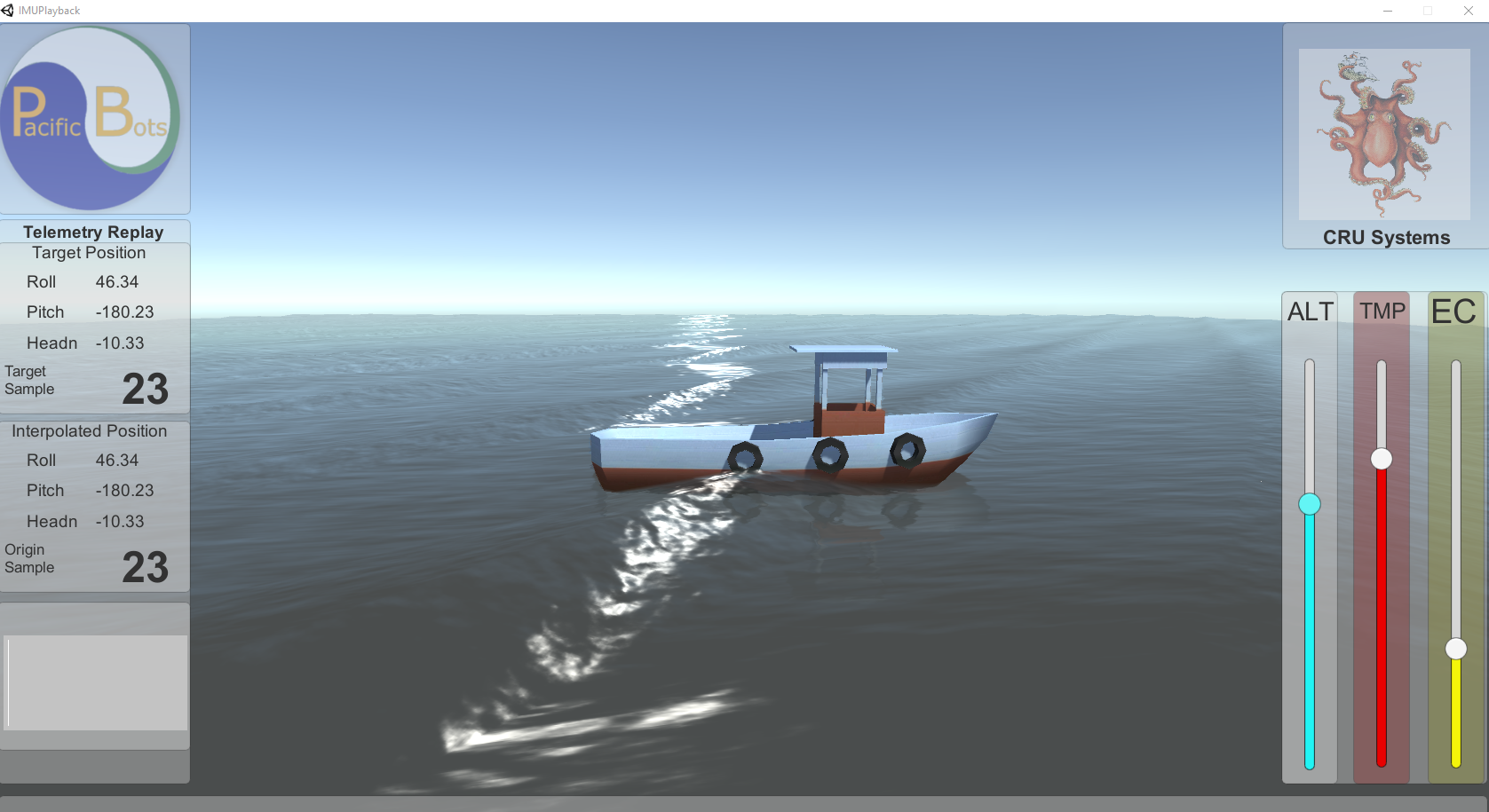


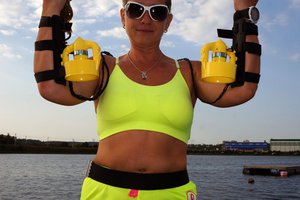
 shenzhen
shenzhen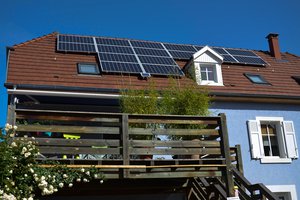
 Michel Kuenemann
Michel Kuenemann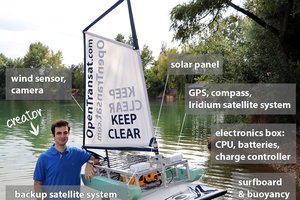
 Andy Osusky
Andy Osusky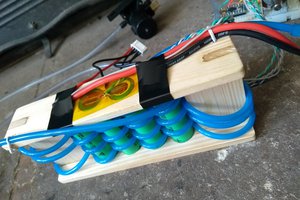
 Rory
Rory